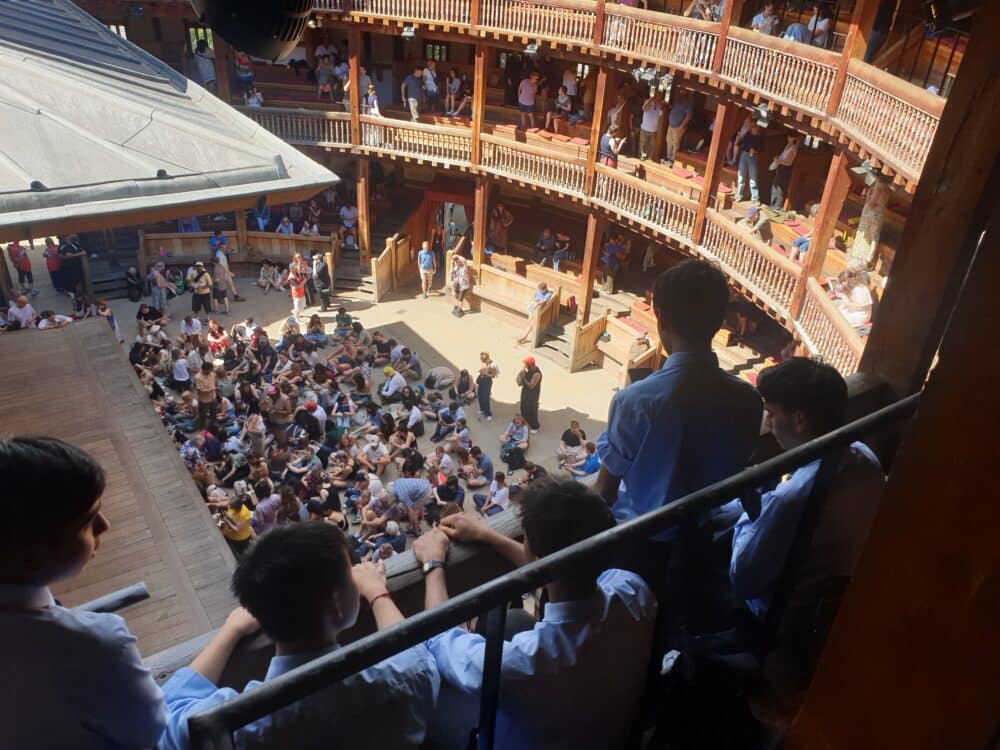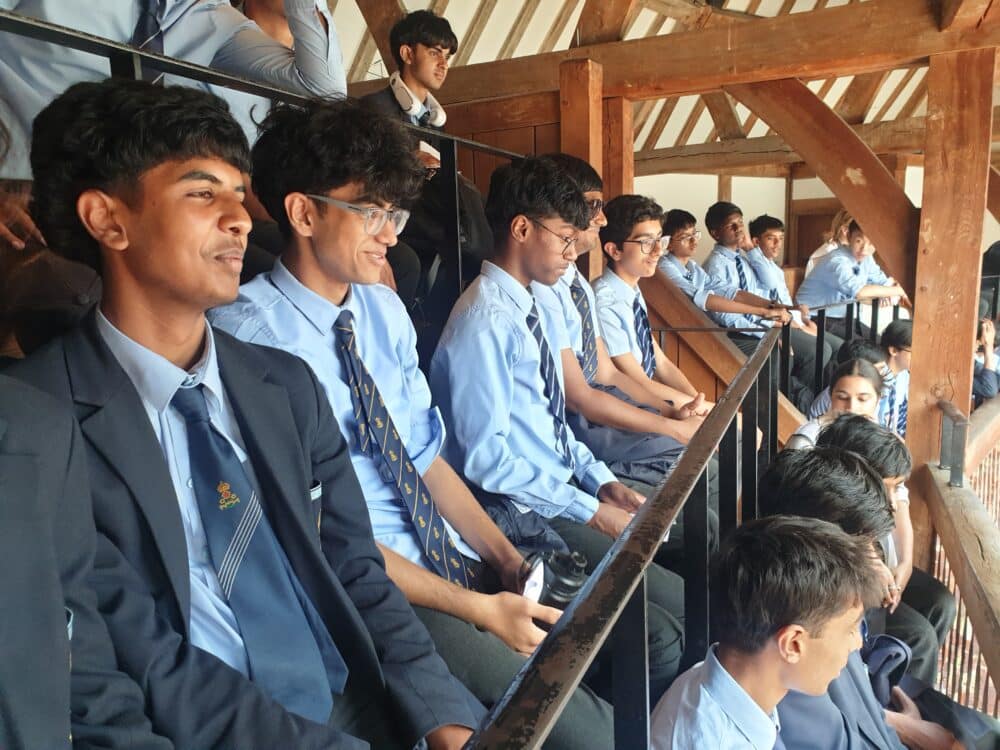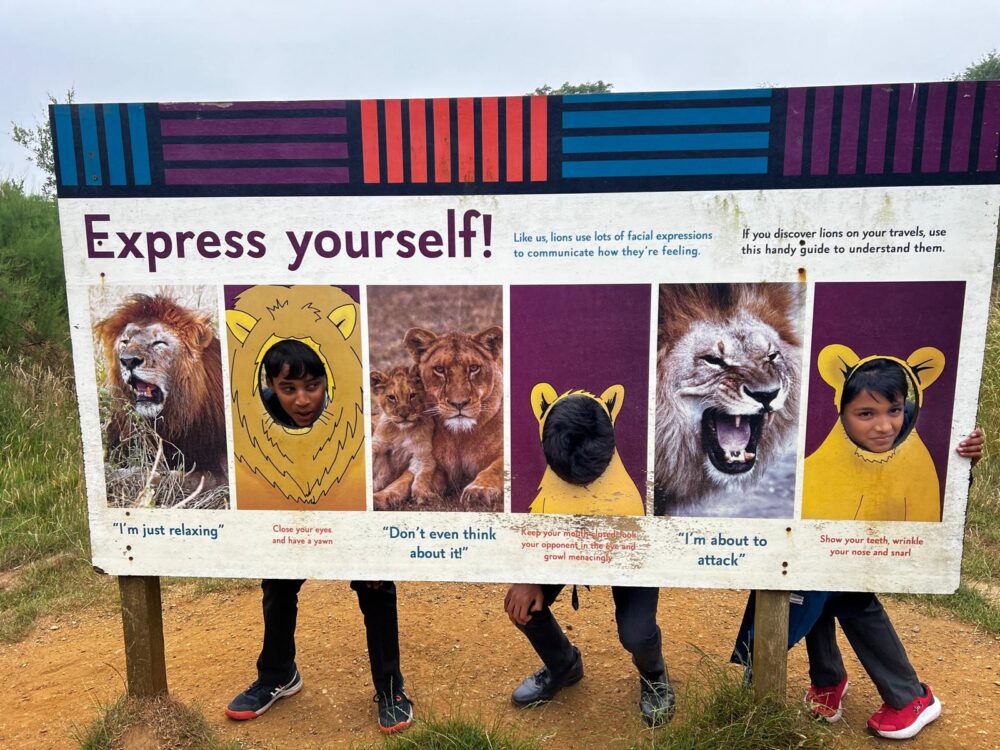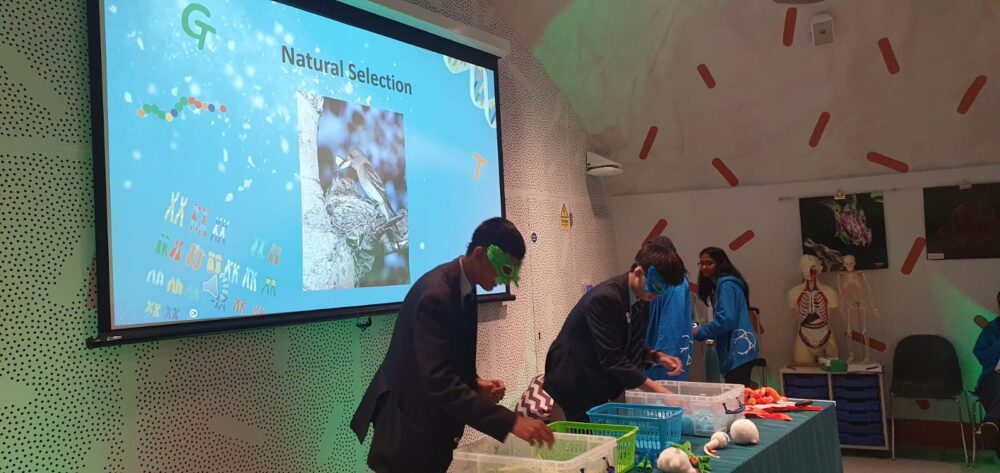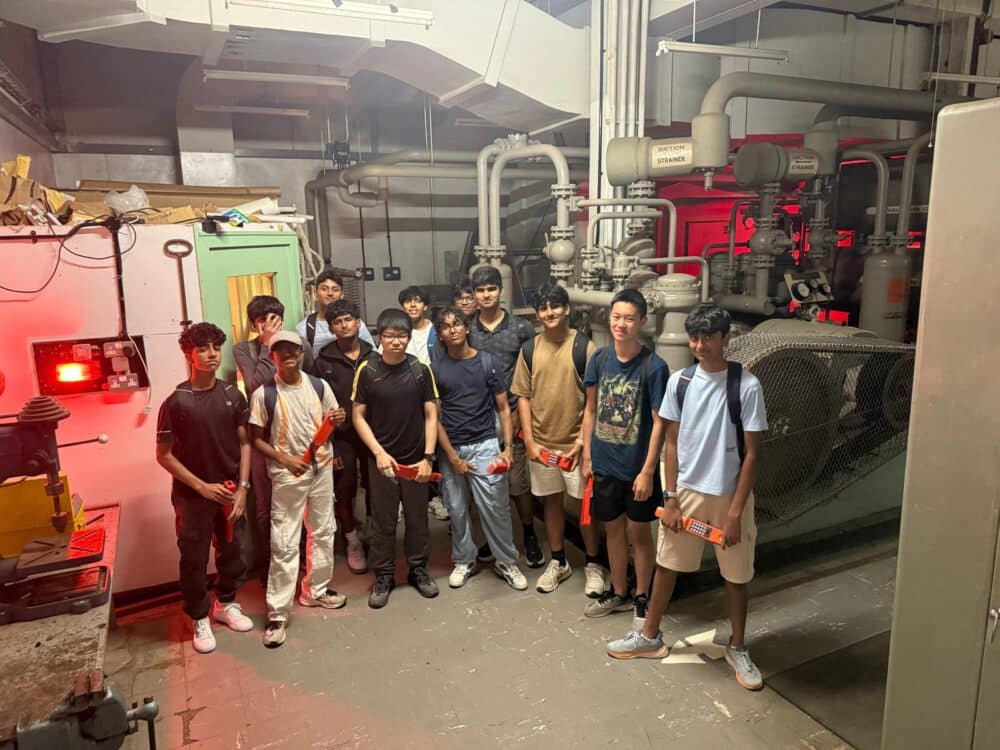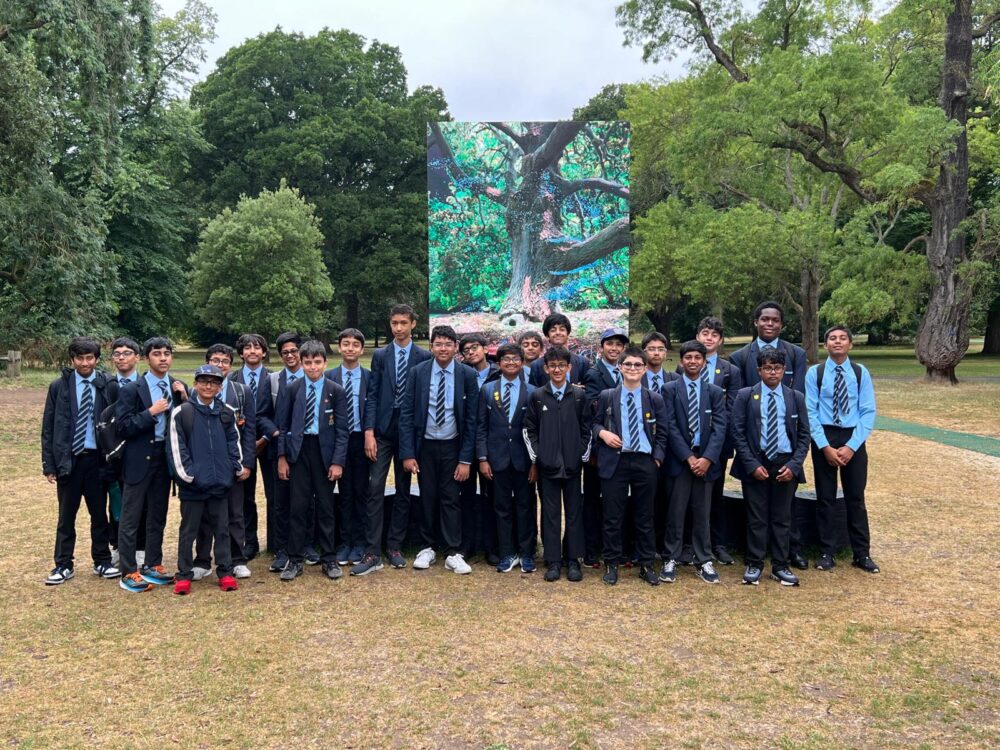From ancient Rome and Shakespeare to the Cold War and the Science Museum, the 2025 Flourish Festival had it covered
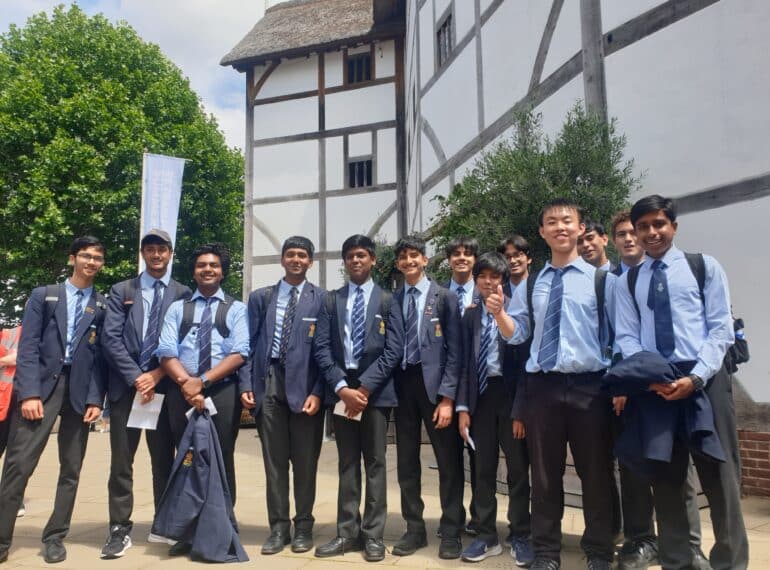
Every pupil and all members of staff enjoyed the opportunity to get out and about during this year’s Flourish Festival.
The summer festival, part of QE’s Flourish co-curricular programme, offers boys a range of enriching trips away from the Queen’s Road campus.
It is designed to make the most of QE’s position on the suburban fringe of London – close to surrounding rural counties, yet also within easy reach of the capital’s world-leading attractions.
Assistant Head (Pupil Involvement) Crispin Bonham-Carter said: “We want boys to take time out from the classroom and relax a little at the end of the academic year, while also enabling them to learn something new – whether that’s about the venue they visit, or about their own strengths and abilities.”
Flourish Festival days out this year included: Year 7 at Whipsnade Zoo; Verulamium Roman Museum in St Albans (Year 8); and the Science Museum (Year 9).
The Headmaster, Neil Enright, went with half of Year 8, as they visited the Royal Botanic Gardens at Kew. “Like all QE boys, they were terrific company and it was a joy to be with them,” he said.
Year 10 learned about the Cold War as they visited Kelvedon Hatch Secret Nuclear Bunker, near Brentwood, Essex, which was built in 1952–1953 and decommissioned in 1992.
Physical exercise was to the fore as Year 7 enjoyed letting off steam on a charity sponsored walk in the local countryside and Year 12 went on a hike in the Chilterns.
Year 9 looked to the skies on a visit to RAF Hendon, while Shakespeare took centre-stage when Year 12 went to see A Midsummer Night’s Dream at the Bridge Theatre and Year 10 to watch Romeo and Juliet at the Globe.
Head of English Robert Hyland: “Our now annual trips to the Globe make the Flourish festival one of my favourite weeks of the year. It may have all the trappings of a 17th-century playhouse, but plays are still being explored in very modern ways.”
- Click on the thumbnails to view the images.
Flourish Festival 2025
